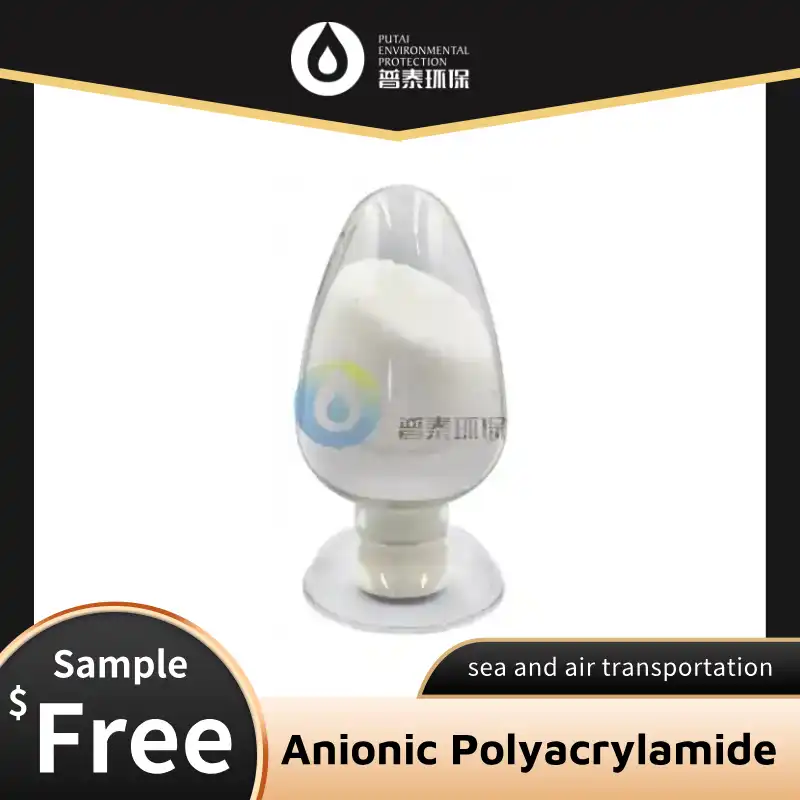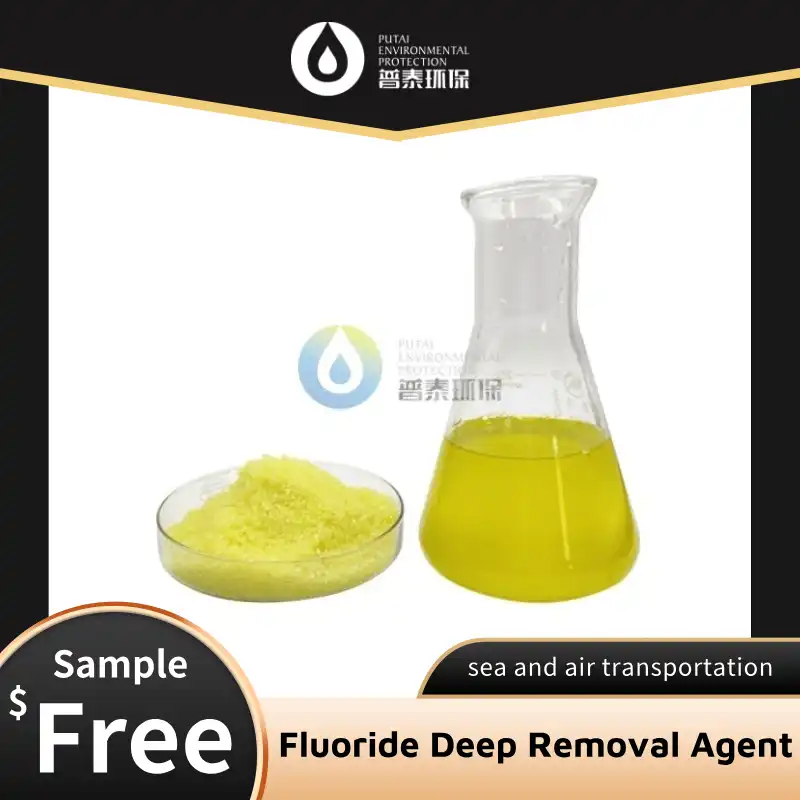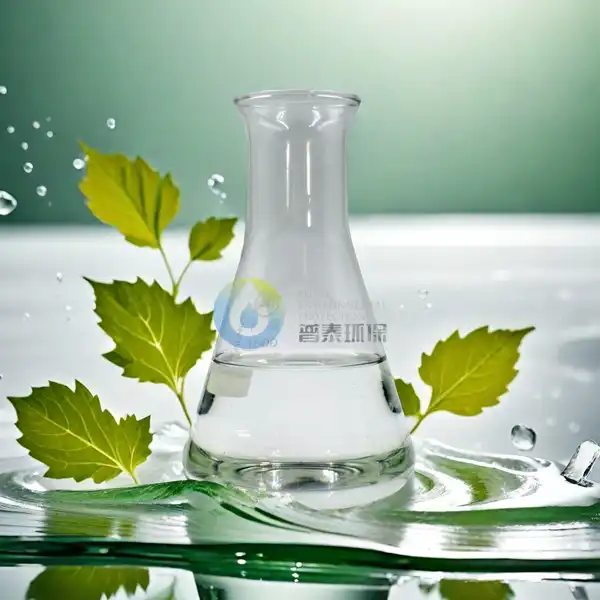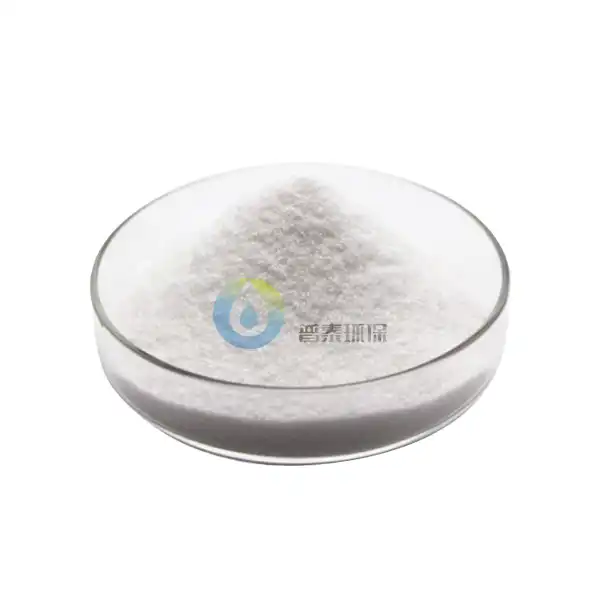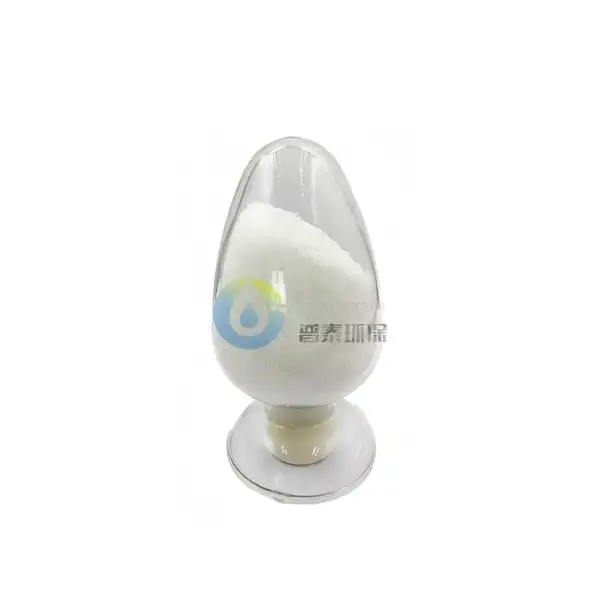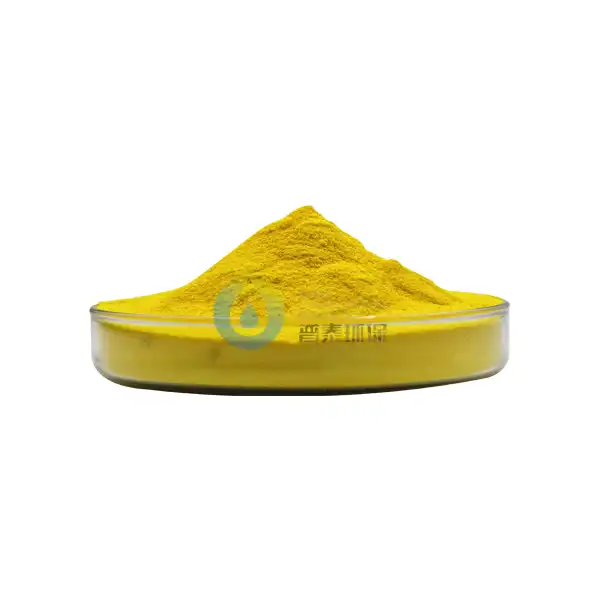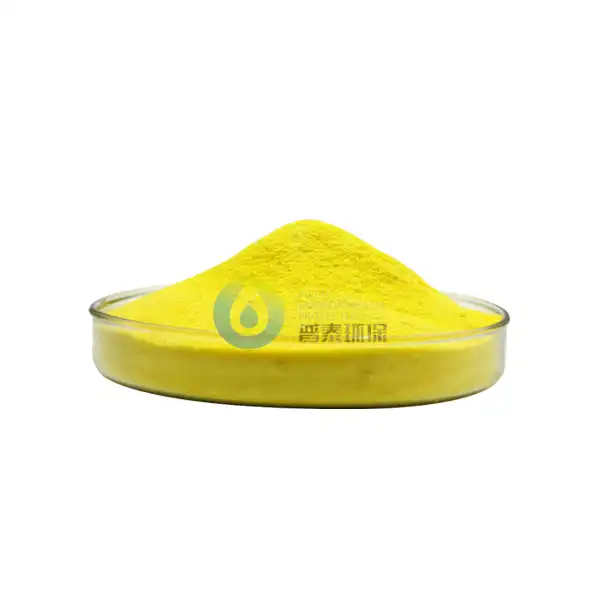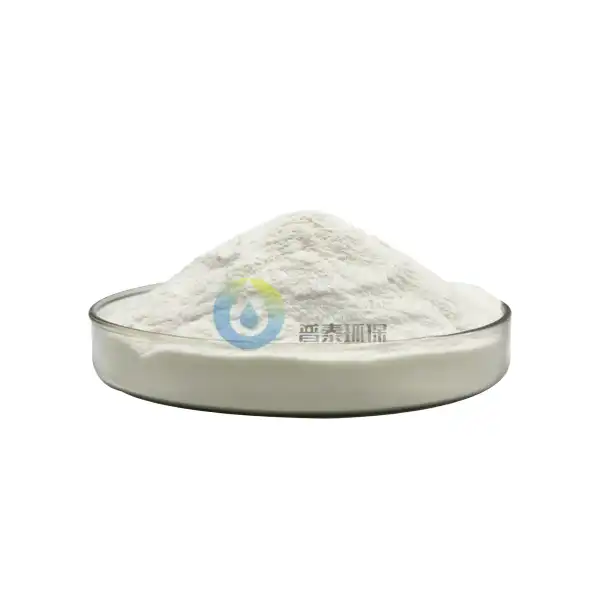How Much Sewage Treatment Flocculant is Typically Required for Effective Treatment?
Determining the appropriate amount of sewage treatment flocculant is a critical factor in achieving optimal wastewater treatment results. Flocculants play an essential role in the sewage treatment process by aggregating suspended particles, colloids, and dissolved substances into larger flocs that can be more easily removed through subsequent separation processes. The dosage requirements for sewage treatment flocculants vary significantly depending on multiple factors, including wastewater characteristics, treatment objectives, and the specific type of flocculant being used. This blog explores the typical dosage requirements for effective sewage treatment and the various factors that influence these requirements.
What factors affect Sewage Treatment Flocculant dosage requirements?
Water Quality Characteristics
The quality of wastewater significantly impacts the amount of sewage treatment flocculant required for effective treatment. Raw wastewater with higher concentrations of suspended solids, organic matter, and colloids typically requires larger quantities of flocculant to achieve satisfactory results. The presence of specific contaminants such as oils, heavy metals, or certain industrial chemicals may also necessitate increased flocculant dosages. Additionally, the pH level of the wastewater plays a crucial role, as most flocculants perform optimally within specific pH ranges. For instance, aluminum-based sewage treatment flocculants typically work best in pH ranges between 5.5 and 7.5, while iron-based flocculants may be effective in a broader pH range. Temperature is another influential factor, as colder temperatures can reduce the effectiveness of some sewage treatment flocculants, requiring dosage adjustments seasonally in regions with significant temperature variations.
Flocculant Type and Composition
The chemical composition and type of sewage treatment flocculant significantly influence the required dosage. Inorganic flocculants like aluminum sulfate (alum) and ferric chloride typically require higher dosages compared to organic polyelectrolytes. For example, alum dosages commonly range from 10 to 150 mg/L, while high-molecular-weight polyacrylamide-based sewage treatment flocculants may achieve similar results at much lower dosages, often between 0.5 to 10 mg/L. The molecular weight, charge density, and chemical structure of polymer-based flocculants also affect their efficiency. Higher molecular weight polymers generally require lower dosages as they can form larger, stronger flocs more effectively. Similarly, the charge density affects how the flocculant interacts with particles in the wastewater—highly charged sewage treatment flocculants may be more effective in neutralizing particle charges, potentially reducing the required dosage for certain applications.
Treatment System Design
The design of the wastewater treatment system significantly impacts flocculant dosage requirements. Systems with efficient mixing and proper flocculation chambers generally require less sewage treatment flocculant because they provide optimal conditions for floc formation and growth. The hydraulic retention time (HRT) in flocculation tanks directly affects the contact time between flocculants and contaminants—shorter retention times may necessitate higher flocculant dosages to achieve comparable results. Additionally, the presence and efficiency of pre-treatment processes can reduce the burden on flocculants. For example, effective primary sedimentation or dissolved air flotation can remove a significant portion of suspended solids before flocculation, potentially reducing the required sewage treatment flocculant dosage. Similarly, the separation technology employed after flocculation—whether it's clarification, dissolved air flotation, or membrane filtration—influences the desired floc characteristics and consequently the optimal flocculant dosage.
How do you calculate the optimal Sewage Treatment Flocculant dosage?
Laboratory Testing Methods
Jar testing remains the most reliable and widely used method for determining optimal sewage treatment flocculant dosages in specific applications. This laboratory procedure involves treating multiple samples of the target wastewater with varying flocculant concentrations under controlled conditions that simulate the actual treatment process. Technicians evaluate floc formation, settling characteristics, and supernatant clarity to identify the most effective dosage. Modern jar testing often incorporates additional analytical techniques, such as zeta potential measurements, which assess the surface charge of particles before and after flocculant addition. This data helps determine the point at which charge neutralization occurs, providing valuable insights for sewage treatment flocculant optimization. Pilot-scale testing represents another valuable approach, particularly for larger treatment facilities or those with complex wastewater streams. By mimicking full-scale operations more accurately than bench-scale jar tests, pilot studies provide more representative data on optimal sewage treatment flocculant dosages under real-world conditions, accounting for factors like mixing dynamics and equipment performance.
Mathematical Dosage Models
Mathematical models have been developed to estimate sewage treatment flocculant dosage requirements based on key water quality parameters. These models typically incorporate variables such as turbidity, total suspended solids (TSS), chemical oxygen demand (COD), and pH to predict appropriate dosages. For example, a common simplified model for alum dosage estimation is: Alum Dose (mg/L) = k × Turbidity (NTU), where k is a site-specific coefficient determined through calibration. More sophisticated models incorporate multiple water quality parameters and their interactions to improve prediction accuracy. Empirical correlation models based on historical treatment data from specific facilities can be particularly valuable for sewage treatment flocculant dosage prediction. By analyzing the relationship between influent characteristics, operating conditions, and successful flocculant dosages over time, treatment plant operators can develop facility-specific algorithms that account for the unique aspects of their wastewater and treatment systems, leading to more reliable dosage estimates for their sewage treatment flocculant applications.
Online Monitoring and Feedback Systems
Advanced wastewater treatment facilities increasingly employ real-time monitoring systems to optimize sewage treatment flocculant dosing. Online instruments measuring parameters such as turbidity, streaming current, zeta potential, or particle counting provide continuous feedback on flocculation performance. These systems can automatically adjust flocculant dosages in response to changing wastewater characteristics, maintaining optimal treatment efficiency while minimizing chemical consumption. Automated dosage control systems typically utilize programmable logic controllers (PLCs) with sophisticated algorithms that incorporate multiple water quality parameters and their trends. For example, a system might increase sewage treatment flocculant dosage when detecting rising turbidity or decreasing zeta potential values, indicating deteriorating flocculation conditions. Many modern systems also incorporate artificial intelligence and machine learning capabilities, enabling them to "learn" from historical data and continuously improve dosage predictions. These intelligent systems can recognize patterns in sewage treatment flocculant performance across varying conditions, ultimately leading to more precise dosing strategies that optimize both treatment efficacy and operational costs.
What are the typical dosage ranges for different Sewage Treatment Flocculant types?
Inorganic Flocculants
Inorganic flocculants represent some of the most commonly used chemicals in sewage treatment due to their effectiveness and relatively low cost. Aluminum sulfate (alum) is typically applied at dosages ranging from 10 to 150 mg/L, with municipal wastewater treatment often requiring 20-60 mg/L under normal conditions. Ferric chloride, another popular inorganic sewage treatment flocculant, is commonly dosed between 5 and 150 mg/L, with typical municipal applications falling in the 20-80 mg/L range. These inorganic coagulants work primarily through charge neutralization and sweep flocculation mechanisms. Their optimal dosage is highly dependent on pH, with alum performing best between pH 5.5-7.5 and ferric chloride showing broader effectiveness across pH 4-11. Pre-hydrolyzed versions of these inorganic flocculants, such as polyaluminum chloride (PAC), typically require lower dosages—often 30-70% less than conventional alum—due to their enhanced efficiency. The specific formulation of these sewage treatment flocculants significantly impacts their performance, with variations in basicity, aluminum content, and sulfate concentration affecting the optimal dosage for different wastewater streams.
Organic Polymer Flocculants
Organic polymer flocculants, particularly synthetic polyelectrolytes, have gained widespread popularity in sewage treatment applications due to their high efficiency at low dosages. Cationic polyacrylamides are commonly applied at concentrations between 0.5 and 10 mg/L for municipal wastewater treatment, which is significantly lower than the dosages required for inorganic alternatives. The extremely high molecular weight of these polymeric sewage treatment flocculants enables them to form large, strong flocs through bridging mechanisms, enhancing solid-liquid separation efficiency. Anionic and non-ionic polyacrylamides are often used as flocculant aids in conjunction with primary coagulants, typically at dosages of 0.1-2 mg/L. Natural polymer-based flocculants derived from sources such as chitosan, tannin, or plant starches represent an environmentally friendly alternative, though they typically require higher dosages than synthetic options. For example, chitosan-based sewage treatment flocculants may require dosages of 5-50 mg/L, while tannin derivatives are often applied at 10-100 mg/L. These natural alternatives continue to gain interest due to their biodegradability and reduced environmental impact, despite their generally higher dosage requirements and cost compared to synthetic polymers.
Blended and Specialty Flocculants
Blended flocculant formulations combine multiple coagulation and flocculation agents to achieve synergistic effects, often allowing for reduced overall chemical consumption. Common combinations include inorganic coagulants with organic polymer flocculants, such as alum or ferric chloride paired with polyacrylamides. These blended sewage treatment flocculant systems typically achieve optimal results at 30-50% lower total active ingredient dosages compared to single-component systems. Specialty flocculants designed for specific contaminants or challenging wastewater streams may have unique dosage requirements. For example, phosphorus removal often requires higher alum dosages of 50-200 mg/L or ferric chloride at 70-250 mg/L to achieve regulatory compliance. Industry-specific sewage treatment flocculants, such as those designed for textile wastewater with high color content or food processing wastewater with elevated fats and proteins, have specialized formulations with dosage recommendations tailored to their target applications. Dual or multi-stage flocculation processes, where different flocculants are added at various stages of treatment, represent an advanced approach that can optimize overall chemical usage. In these systems, the total sewage treatment flocculant dosage is distributed across treatment stages based on specific objectives at each point, such as initial charge neutralization followed by floc growth enhancement.
Conclusion
The optimal dosage of sewage treatment flocculant varies widely depending on wastewater characteristics, flocculant type, and treatment objectives. While inorganic flocculants typically require 10-150 mg/L, organic polymers may be effective at just 0.5-10 mg/L. Laboratory testing remains essential for determining precise dosages for specific applications. Proper optimization of sewage treatment flocculant dosing not only improves treatment efficiency but also minimizes costs and reduces environmental impact.
Xi'an Putai Environmental Protection Co., Ltd. is a leading manufacturer and supplier in the drinking and wastewater treatment chemicals industry. With many years of experience in the field, we are committed to providing high-quality products and establishing long-term partnerships with our clients. Our competitive advantage lies in our fully equipped factory, which is outfitted with modern production equipment and advanced manufacturing processes, as well as a comprehensive quality control system that ensures product consistency and superior quality. Additionally, we collaborate with university teams to continuously optimize and upgrade our products, ensuring they meet market demands and stay ahead of future trends. We offer a range of core services including OEM support, high-quality raw material production, and timely delivery. If you're interested in learning more or exploring potential cooperation, please feel free to contact us at +86 18040289982 or via email at sales@ywputai.com. We look forward to the opportunity to work with you.
References
1. Wang, J., Chen, L., & Zhang, S. (2023). Optimization of Flocculant Dosage in Municipal Wastewater Treatment: A Comprehensive Review. Water Research, 215, 118-135.
2. Sharma, A., & Patel, R. (2022). Comparative Analysis of Organic and Inorganic Flocculants for Industrial Wastewater Treatment. Journal of Environmental Chemical Engineering, 10(3), 107-122.
3. Liu, X., Zhang, Y., & Wang, H. (2023). Real-time Monitoring and Control Systems for Optimizing Flocculant Dosage in Wastewater Treatment Plants. Environmental Technology & Innovation, 29, 212-228.
4. Thompson, M., & Johnson, K. (2022). The Impact of Water Quality Parameters on Sewage Treatment Flocculant Performance. Separation and Purification Technology, 290, 120-135.
5. Garcia, R., Martinez, P., & Lopez, F. (2024). Sustainable Approaches to Flocculant Usage in Modern Wastewater Treatment Facilities. Journal of Cleaner Production, 398, 136-152.
6. Ahmed, S., & Wilson, D. (2023). Mathematical Modeling for Predicting Optimal Flocculant Dosages in Various Wastewater Treatment Applications. Water Science and Technology, 87(5), 1128-1144.

